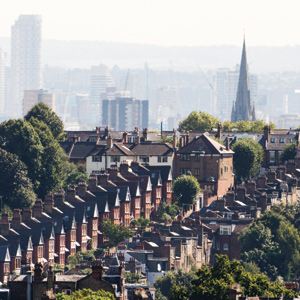The shock and horror of last week’s fire in a London tower block illustrate some of the defining features of the modern city, where anonymity and co-dependence exist side by side / By Ben Quash
That great “imagineer” of London, Charles Dickens, in The Uncommercial Traveller, was first nauseated by, and then addicted to, the “strong kind of invisible snuff” that he found himself breathing when he visited the almost-empty City churches of London on Sunday mornings.
The dust clogging the bellows of the organ and tumbling down from the sounding board above the preacher’s head at every gust of air was, he suddenly realised, not just the dust of decayed “matting, wood, cloth, stone, iron, earth”. It was the dust, he wrote, in a phrase that was desperately difficult for me to reread this week without a very sharp pang of pain, of “dead citizens” themselves.
I used Dickens’ description last week, when, on the night after the horrific fire at Grenfell Tower, my co-editors and I launched Visualising A Sacred City, a book which looks at the way that London is in so many respects a testimony to the material influence of multiple religious traditions on its past history and present life.
21 June 2017, The Tablet
We must keep faith with the metropolis: the horror of the Grenfell fire illustrates some of the defining features of a modern city
City in crisis
Get Instant Access
Continue Reading
Register for free to read this article in full
Subscribe for unlimited access
From just £30 quarterly
Complete access to all Tablet website content including all premium content.
The full weekly edition in print and digital including our 179 years archive.
PDF version to view on iPad, iPhone or computer.
Already a subscriber? Login




